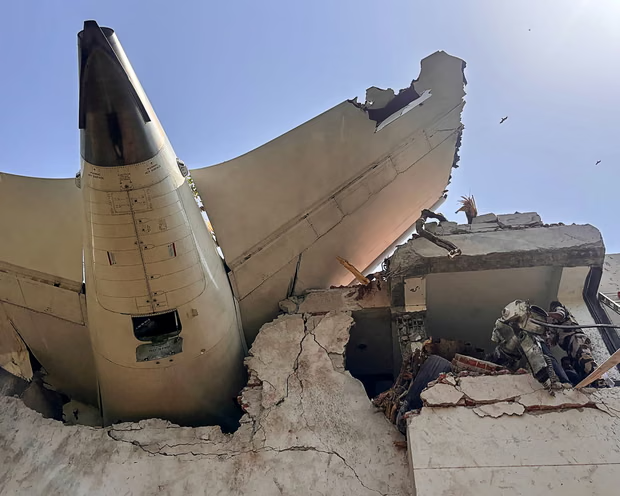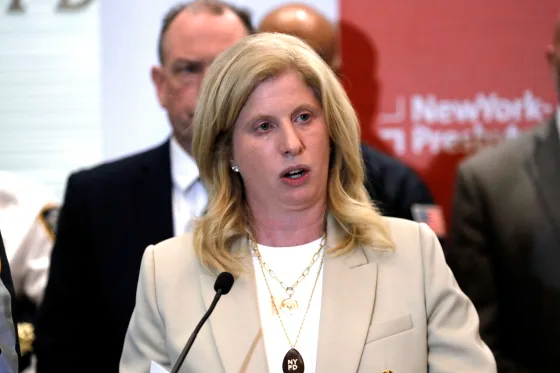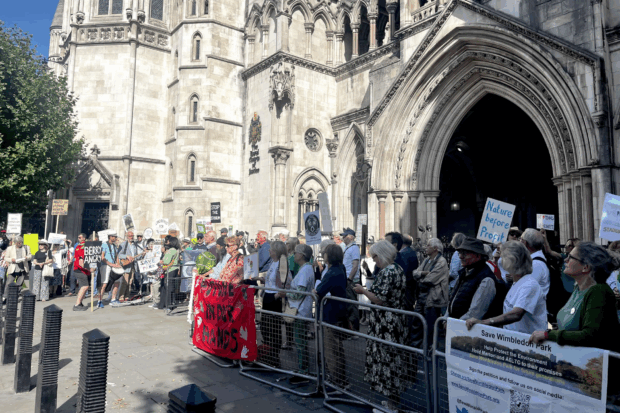
Air India has completed inspections of fuel switches on its Boeing fleet and found no issues, following last month’s crash that resulted in 260 fatalities. The announcement comes as a US report indicates investigators are examining the actions of the aircraft’s captain.
The preliminary investigation report, released last week by India’s aviation authority, revealed that fuel control switches were turned off sequentially shortly after the aircraft departed from Ahmedabad airport. This action deprived the engines of fuel, causing them to shut down and leading to the crash of the London-bound flight, which killed 241 passengers and crew, plus 19 people on the ground.
While the preliminary report made no recommendations regarding Boeing, the manufacturer of the 787 Dreamliner, Air India conducted precautionary examinations of locking mechanisms on fuel control switches across its Boeing fleet. These mechanisms are designed to prevent accidental switch activation during flight.
An Air India official confirmed Thursday that “inspections have been completed and no issues were found.”
According to a Wall Street Journal report, US officials’ early assessment suggests investigators are focusing on Captain Sumeet Sabharwal, an experienced pilot believed to have operated the fuel switches. Black-box recordings reportedly indicate that First Officer Clive Kunder was controlling the aircraft during takeoff and questioned the captain about the fuel switch movement. Sabharwal reportedly denied moving the switches.
The Wall Street Journal cited sources familiar with US officials’ assessment, stating that the first officer appeared to panic while the captain remained composed. The sources did not indicate whether the action was intentional or accidental. US officials reportedly believe criminal investigators should examine the incident.
The Wall Street Journal did not identify its sources, and Indian authorities have not assigned fault in their preliminary investigation.
India’s preliminary report included the pilot-first officer exchange but did not attribute specific quotes. Officials have not yet released a complete transcript of the recorded conversation.
The fuel switches were repositioned seconds later, restarting one engine, but this was insufficient to prevent the aircraft’s continued descent. A “mayday, mayday, mayday” transmission was sent to air traffic control before ground impact, occurring 32 seconds after runway departure.
The Federation of Indian Pilots criticized the Wall Street Journal report as “baseless” and accused it of attempting to blame the pilot.
Following the report’s release, India’s Civil Aviation Minister Kinjarapu Ram Mohan Naidu cautioned against “jumping to conclusions,” citing pilot welfare concerns.
Two pilot representative groups condemned suggestions of pilot error or deliberate action as “reckless and unfounded insinuation.”
The Indian Express reported that investigators are examining previous technical issues with the aircraft, exploring the possibility of an “uncommanded transition” of fuel control switches.
Families of the 241 passengers aboard the Gatwick-bound flight have expressed frustration with what they described as the “vague and inexact” preliminary report.
In a staff email following the report’s release, Air India CEO Campbell Wilson acknowledged the report had “opened additional questions.” Still, he urged employees to “avoid drawing premature conclusions as the investigation is far from over.”














Be the first to leave a comment